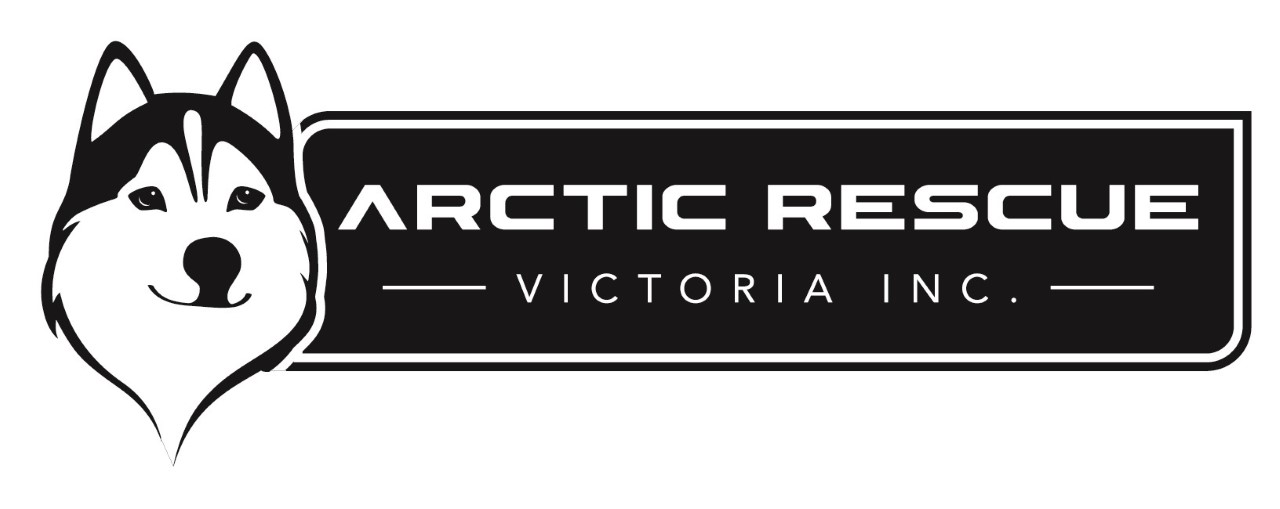Alaskan Malamute
Intelligent, striking and strong, it’s easy to see why Alaskan Malamutes are a breed desired by so many. But is this the right breed for you?
Alaskan Malamutes are generally an affectionate breed and loving towards all people, and like to be included in the family activities. While some prefer a home where they are able to be inside with ‘their’ pack of humans, others are content to hang out on their own in the yard.
A good guard dog they are not. Most Malamutes do not bark, but rather howl or ‘talk’ when they want something. As for protecting against an intruder, they may act as a visual deterrent but are more likely to invite them in and roll over for a belly rub or two!
Most Malamutes will welcome children into the family with appropriate and careful introductions, however as with all large dogs that don’t know their own strength, they should not be left alone with children. Adult Malamutes can be overly exuberant and may not be suitable to a home with young children or the elderly.
Malamutes are noted for being a stubborn and independent-minded breed, and require firm, fair and consistent leadership in the home as well as ongoing training throughout their lifetime. A structured training course is strongly recommended for any Malamute in a new home. As an intelligent and strong-willed breed they require clear and consistent training from all members of the family so that they respect all people as being above them in the pack order.
Without appropriate guidance and firm leadership, a Malamute can become a difficult dog to live with and this is one of the reasons they often find themselves surrendered to animal shelters.
Malamutes will require upwards of an hours activity and exercise per day. They will excel if given a job to do and enjoy participating in sports like sledding, weight-pull and social events like hiking. Exercise is best directly prior to leaving the home for the day as an energetic and unexercised Malamute can wreak havoc on what was once a manicured yard.
Malamutes are prone to digging and do require strong and secure 6 foot fences to contain them. Another breed tendency is for high prey drive and whilst there are some exceptions to the rule, most Malamutes cannot live in the same home as smaller animals such as cats, chickens, rabbits and other pocket pets. A cat may be tolerated if they are brought up together, but acceptance of a family cat is no assurance that the Malamute will accept all cats, and a strange cat may well be seen as something to be hunted.
Whilst Malamutes are very people focused, they also have an independent streak to go with their stubborn nature. As such a reliable recall is difficult, if not impossible, to train. Combine this with their high prey drive and an ability to run fast and far; Malamutes need to be kept on lead at all times and under firm control of an adult outside the home.
They are not noted for being a loyal breed and will happily go off with any one, particularly if food is on offer. While it can be disappointing when your Malamute greets strangers with much more enthusiasm than they do when you come home, it also means that many Malamutes are content without constant human company and can adapt quite quickly to a new home.
Being an arctic pack dog, Malamutes quite often enjoy a home with another dog of the opposite gender, however living with another dog of the same gender rarely goes so smoothly. Malamutes are ‘selective’ with their companions and are not usually suitable to socialize freely in dog parks with dogs they do not know. For Malamutes, three is often a crowd.
If you don’t like washing dogs, the Malamute will suit you, however be prepared for constant brushing to keep the coat free of loose hair. They do tend to have a major shed of the undercoat once or twice a year, and during these times you can be prepared for dog fur everywhere and for daily brushing sessions.
It gets quite warm in the Alaskan summers, so the Malamute is a breed that copes well in all weathers and is sometimes even seen lying in the sun for a while on a hot day. A cool shady spot to lie and a fresh bucket of cold water to drink in summer is all they will need.
Be aware that the double coat of the Malamute acts as both insulation against the cold and heat, so the coat should never be clipped or shaved unless for medical reasons – after all, you don’t remove the insulation from your roof in summer, so why would you remove the Malamute’s insulation?
Removing the coat leaves the Malamute prone to temperature changes (which can happen quickly in Australia) and less able to regulate their body temperature, as well as sunburn and skin issues. The coat can take months if not years to grow back to its original condition, and may never fully recover leaving the Malamute with a woolly coat that is difficult to keep well groomed.
So while the Malamute appeals to many based on their good looks, they are definitely not a breed to be selected without careful consideration of whether this challenging breed is really going to suit in the long term.
Additional information
Learn more about Arctic breed dog behaviour, training, activities and other resources
Breed information
Explore the characteristics of other Arctic breed dogs.
Meet the Dogs
Meet the dogs in our care
